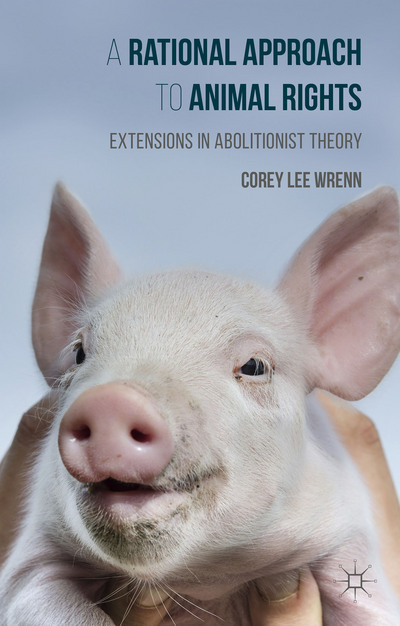The following literature review is part of a series for World Vegan Month. Other essays can be accessed by visiting the essays catalog.
Carol Adams. 2010. “Why Feminist-Vegan Now?” Feminism & Psychology 20 (3): 302-317.
In this essay, I offer a reflection on the publication of The Sexual Politics of Meat, introducing several of the main theoretical insights from the book, and examining whether and how they hold true twenty years after the book’s first publication. I examine the associations among notions of virility, masculinity, and meat eating, and explain the concept of the absent referent and how it functions in the institution of eating animals. I also explore why images have proliferated that show the animalization of women or the feminization and sexualization of farmed animals, and propose that these are recuperative responses attempting to reinstate ‘manhood’ and meat eating. I propose that resistance to the decentering of the human being often is expressed through what I call ‘retrograde humanism’. To conclude, I meditate on ‘little old ladies in tennis shoes’ – what it means for women that the animal movement so often wants to disown their work, yet needs them to do that work.
I often assign this article to my students because it neatly condenses the main points of Carol Adams’ theory in a short and accessible piece. The exploitation of other animals is highly gendered. The feminist perspective understands all vulnerable groups that have been victimized by the white capitalist patriarchy as feminine. What this means is that our society is structured according to “male” and “female” gender roles. Within this binary, “male” dominates and controls and “female” is dominated and controlled. That which is “female” is seen as a resource to men.
Not only women but also Nonhuman Animals and the environment are feminized in this way. Adams argues that challenging patriarchy must go deeper than the human male/female dichotomy and also include other vulnerable groups that have been feminized. Feminism only makes sense when it is intersectional, and this intersectional approach must include nonhumans as well as humans.
This image is a good example. Notice how both the woman and the bear have been sexualized and presented as a resource. They are both on objects on display for the male gaze and for male consumption.
Readers can learn more about gender and the animal rights movement in my 2016 publication, A Rational Approach to Animal Rights.
This essay was originally published on The Academic Activist Vegan on November 10, 2013.

